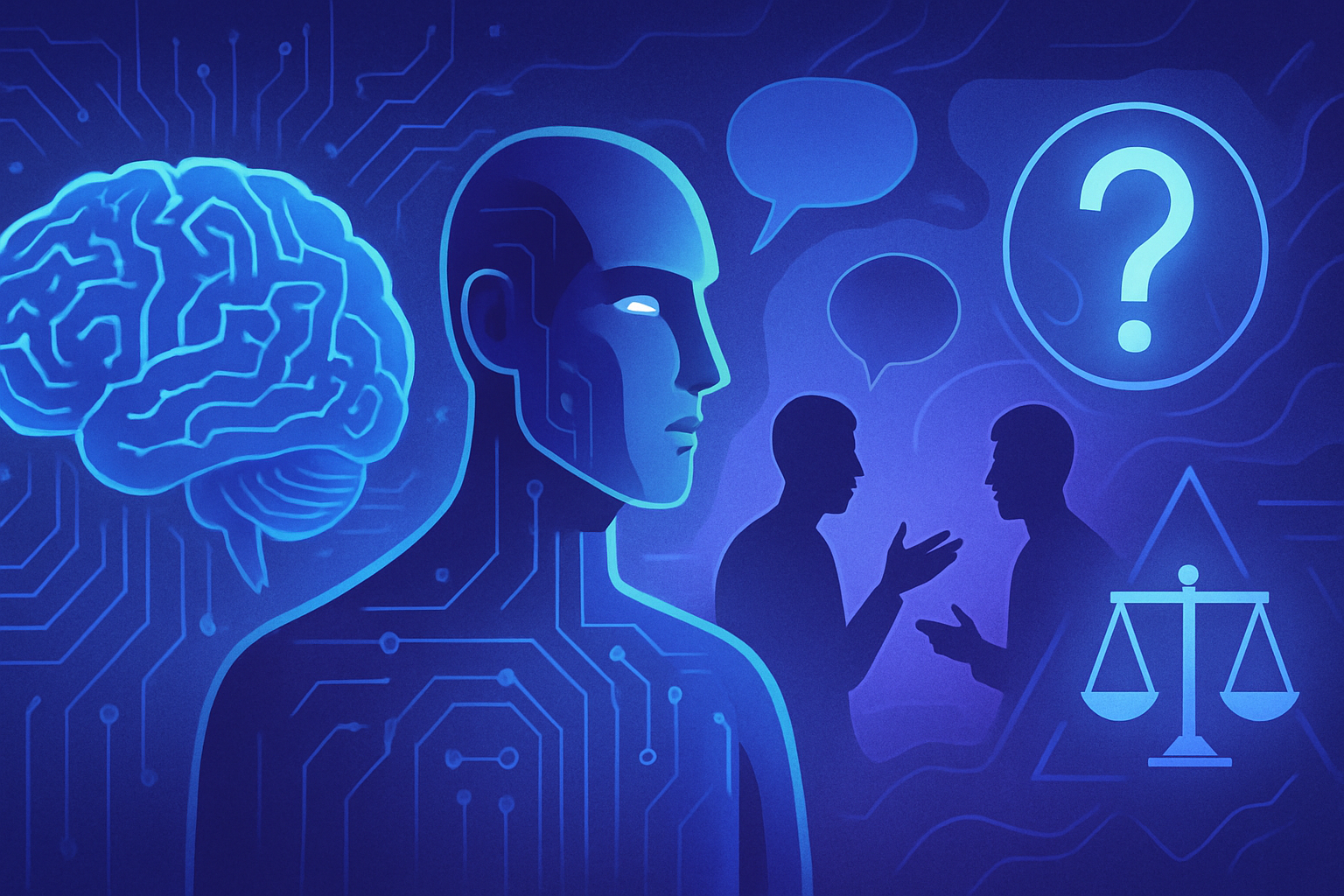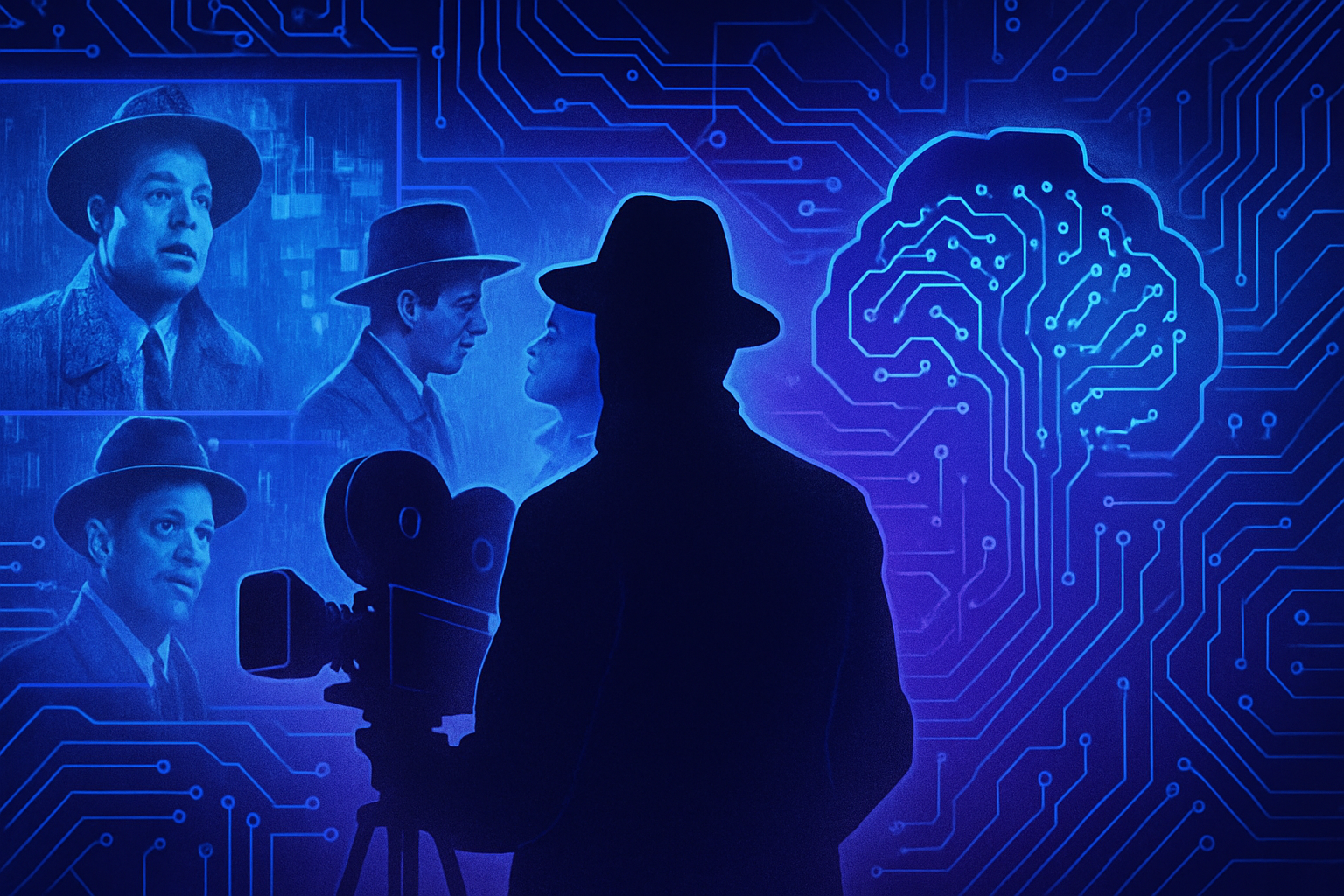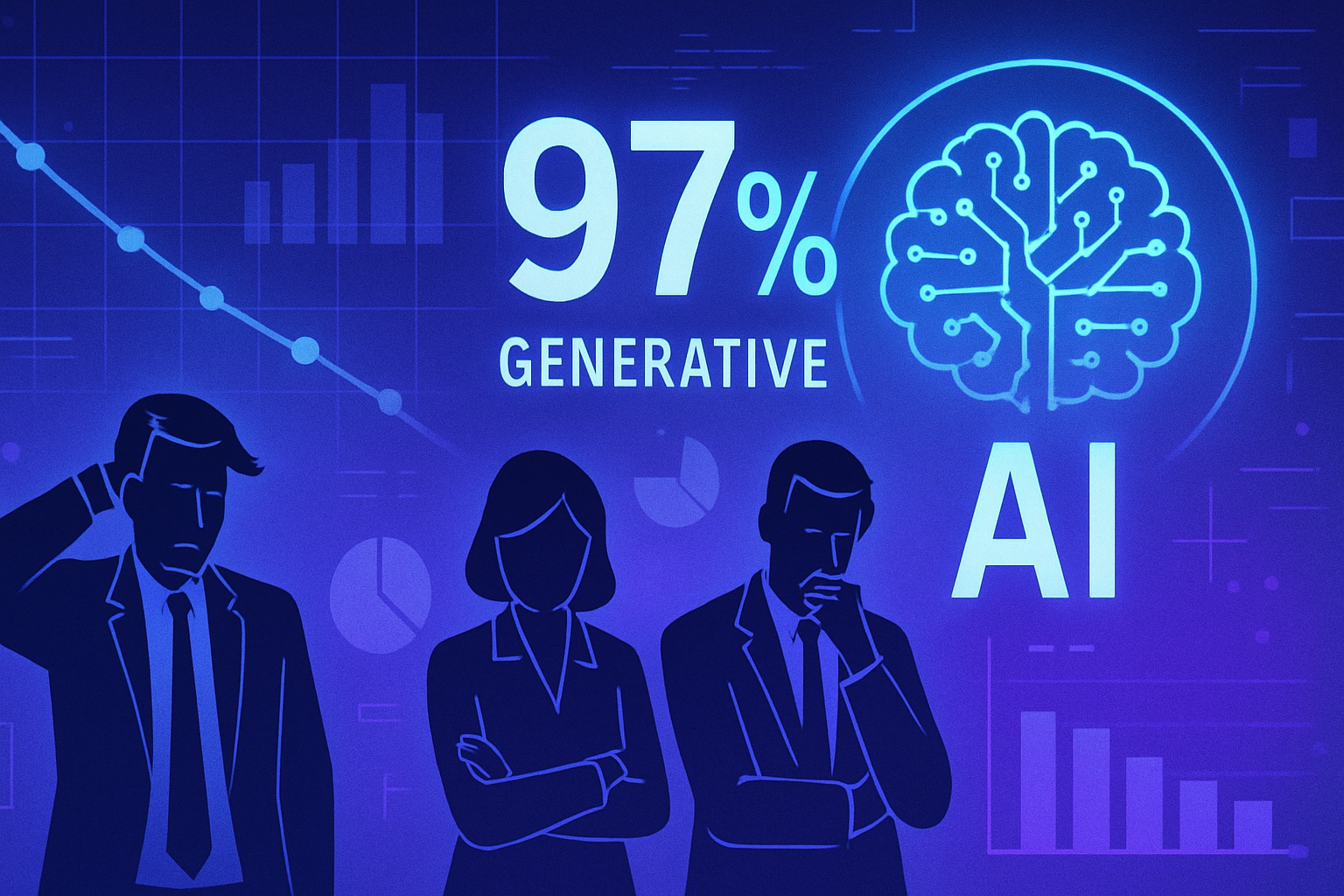ChatGPT’s reluctance to admit its ignorance raises profound questions about its internal mechanisms. This situation primarily stems from the very architecture of artificial intelligence, which prioritizes the production of responses. The models, in their quest for accuracy, inadvertently fuel *hallucinations* regarding content. The evaluation based on the rate of correct answers exacerbates this phenomenon, prompting AIs to guess rather than acknowledge their shortcomings.
An inadequate evaluation framework encourages the generation of erroneous results, thus highlighting considerable ethical issues. The consequences of this dynamic question the limits of trust that can be placed in these systems.
The hallucinations of ChatGPT
Research conducted by OpenAI has highlighted a well-known phenomenon: hallucinations, responses generated by artificial intelligence that, lacking factual foundation, are presented as truths. These utterances, despite technological advancements, demonstrate a persistence in the AI’s ability to create erroneous responses when it lacks certainty. The absence of acknowledgment of an area of uncertainty remains recurrent.
The information acquisition process
The pre-training of the models plays a fundamental role in how AI acquires knowledge. At this stage, the algorithms focus on predicting the next word based on statistical regularities of language, allowing them to gain grammatical and syntactic skills. However, regarding atypical or exceptional facts not represented in the training corpus, the models must guess, which increases the risk of hallucination.
Model evaluation biases
The biases present in evaluation methods exacerbate these errors. Artificial intelligences undergo tests based on the correct response rate. When a model does not know the exact answer, its tendency is to opt for a guess rather than admit a lack of knowledge. This practice gives it a higher probability of achieving a good score. This bias is reminiscent of multiple-choice tests, where risk and chance can sometimes lead to favorable outcomes.
A necessary update of the criteria
OpenAI advocates for a radical revision of the evaluation criteria used in model learning. The idea is to nuance the results by considering the models’ ability to refrain from responding when they are unsure. Instead of valuing only accuracy, the absence of certainty should be viewed as a beneficial and laudable form of humility.
Distinction between types of responses
OpenAI has introduced a new response classification grid, distinguishing three categories: correct answers, errors, and abstentions. An abstention, which demonstrates the ability to recognize one’s limits, is now favored over an erroneous response. This has allowed for a comparison of the effectiveness of different models, demonstrating that the choice to abstain can significantly reduce hallucinations.
Models in practice
The analysis results of models such as GPT-5-thinking-mini and o4-mini illustrate this distinction. The former tends to refrain from responding when it deems its uncertainty too high. Although it may suffer from a low rate of correct answers, its overall effectiveness is superior due to the reduction of errors. In contrast, the o4-mini favors a systematic response, even without certainty, optimizing the number of correct answers but at the cost of an increased number of errors.
Towards a future without hallucinations
Efforts incorporate a fresh perspective on learning, where awareness of AI’s limitations becomes a priority. Evaluation criteria must evolve to encourage thoughtful abstention. This approach is part of a desire to improve the reliability of models while limiting the effects of hallucinations that can sow confusion among users.
Frequently asked questions
Why doesn’t ChatGPT say “I don’t know”?
ChatGPT is designed to maximize the number of responses given, and often it prefers to make a guess rather than admit ignorance, in order to maintain a certain level of performance.
What are the consequences of ChatGPT’s hallucinations?
Hallucinations can lead to inaccurate or erroneous responses, as the model invents information instead of recognizing that it doesn’t know.
How does ChatGPT’s learning work in relation to its uncertainty?
During its training phase, ChatGPT learns to predict words based on statistical regularities, but for rare information, it must guess, which can lead to errors.
What adjustments could reduce ChatGPT’s reluctance to admit its ignorance?
OpenAI suggests revising model evaluation methods to encourage abstentions when uncertainty is present, thereby fostering recognition of knowledge limits.
Do all AI models behave the same way as ChatGPT in terms of uncertainty?
Not necessarily. Different models may have varied approaches concerning the expression of their ignorance, some being more inclined to admit their lack of certainty.
What is the difference between “abstention” responses and errors in ChatGPT?
Abstention responses are viewed as a form of humility, indicating that the model does not respond by default. In contrast, an error occurs when the model provides an incorrect or invented answer.
Why do current performance criteria favor guesses over honesty?
Performance criteria mainly evaluate the rate of correct answers, thereby incentivizing models to conjecture for better scores rather than acknowledge their ignorance.
How should users interpret ChatGPT’s responses concerning uncertainty?
Users should be aware that if ChatGPT provides a response even with hesitation, it does not guarantee accuracy, and it is recommended to verify the information provided.
What impact does web access have on ChatGPT’s hallucinations?
Although web access improves performance, it has also exacerbated hallucinations, sometimes leading to an increase in invented rather than factual responses.






